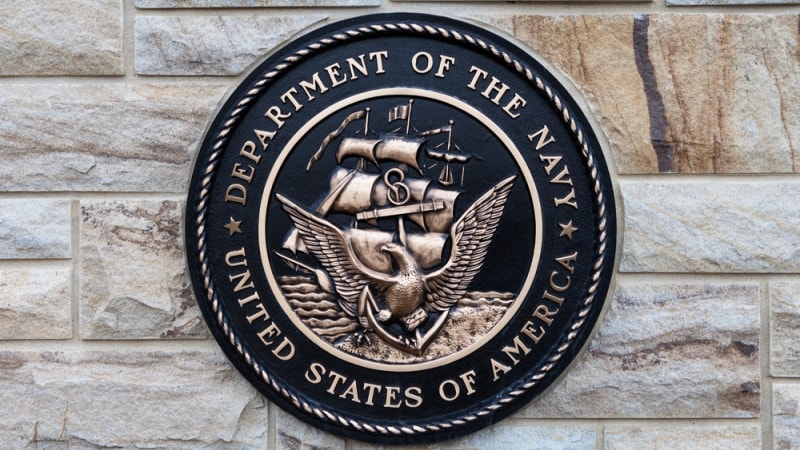
The Department of the Navy has unveiled version 2 of its Information Superiority Vision (ISV 2.0), building on the department’s 2020 IT modernization vision by “refining the Navy’s data management.”
The newly unveiled ISV 2.0 emphasizes a shift towards a data-centric organization with priorities on zero trust, cloud migration, and data analytics.
“ISV 2.0 represents our continued commitment to securely move information from anywhere to anywhere to enable our warfighters to act at the speed of mission,” the Navy’s Office of the Chief Information Officer (CIO) stated in a LinkedIn post.
A consistent focus across ISV 2.0 and its varying priorities is the importance of data, “ensuring it’s accessible, organized, and understandable for human users and automated systems throughout the Navy and Marine Corps.”
The new strategy seeks to “transform the Department of the Navy into a modern, data-fluent organization that seamlessly produces and utilizes data for both warfighting and business operations,” the strategy reads.
The ISV 2.0 key pillars are optimize, secure, and decide:
- Optimize: a prioritized, agile, resilient, and relevant Naval Information Environment.
- Secure: design to be defensible.
- Decide: maneuverable data driving decision advantage.
The Department of the Navy explains that the shift from “Modernize, Innovate, and Defend” to “Optimize, Secure, and Decide” reflects the lessons learned and progress achieved over the past four years.
ISV 2.0 also emphasizes the need for broader, yet more secure sharing of classified information, including with authorized users outside the Navy.
It aims to create a secure, data-centric ecosystem; implement a unified framework for all data classifications based on zero trust; and improve decision-making by speeding access to classified data for Navy personnel and mission partners.
Additionally, ISV 2.0 aims to address evolving warfighter needs, increasing threats, and technological advancements to improve mission effectiveness and decision-making.
“Delivering decision advantage through authoritative analytics and [artificial intelligence] products requires robust and sustained effort to mature our Naval data architecture, adopt mission-enabling governance and standards, and advance [the Navy’s] data skills,” the vision reads.
Migrating siloed databases to the cloud can enhance access, but first, data must be cleaned, standardized, labeled for AI, and organized into a unified framework with common standards.
Moreover, the document explains that high-tech tools like big-data analytics and AI can only be effectively developed once the foundational data is properly organized and in good condition.
